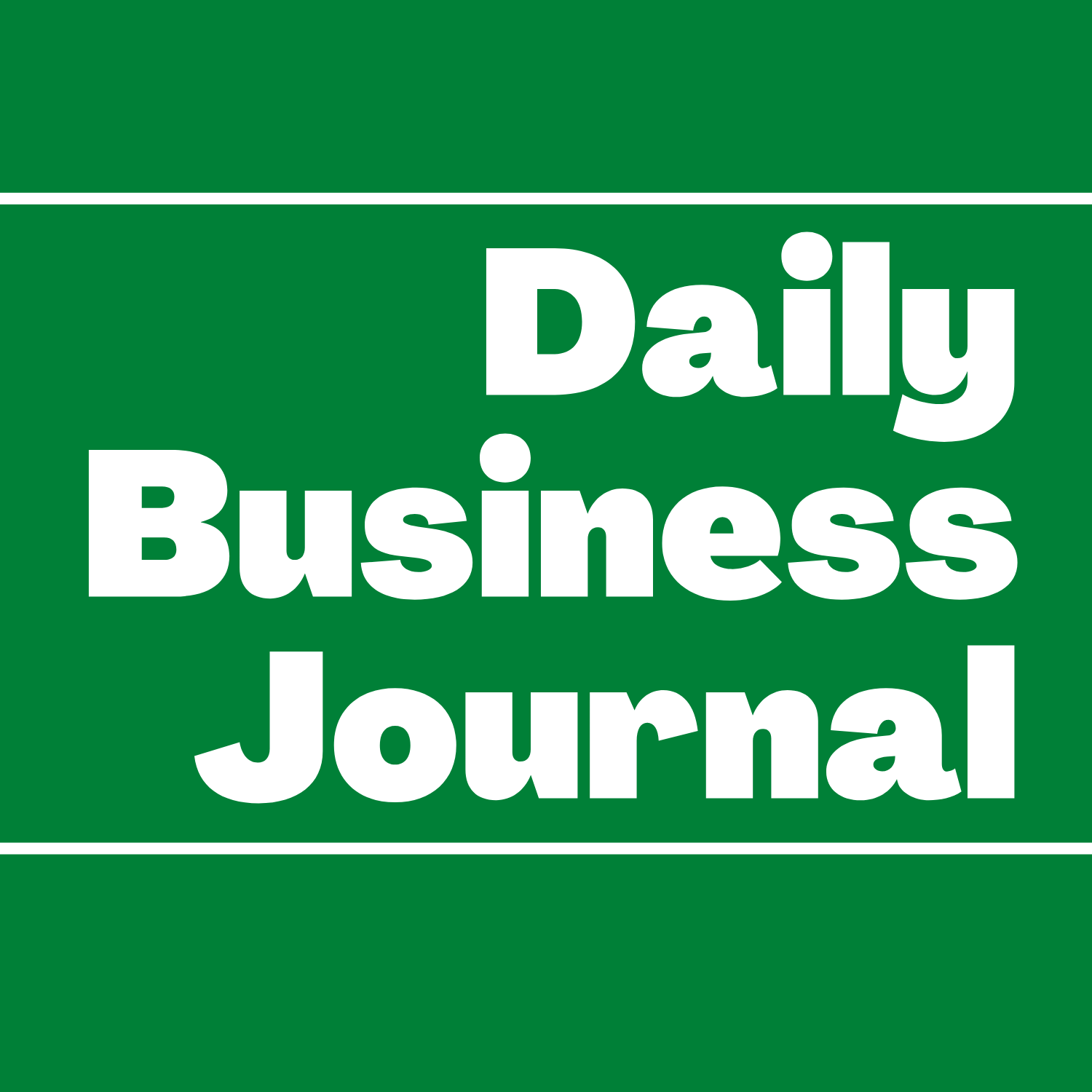
In August, consumer prices saw a modest uptick, driven by a surge in oil prices, leading to an increase in headline inflation, according to the latest report from the Bureau of Labor Statistics unveiled on Wednesday.
The Consumer Price Index (CPI) witnessed a 0.6% rise from the previous month and a 3.7% increase from the same period last year. This marked an acceleration compared to July, which saw a 0.2% monthly increase and a 3.2% annual rise in prices.
The year-over-year increase slightly exceeded economist predictions of a 3.6% annual surge, according to Bloomberg data.
The main catalyst behind these rises was a significant spike in energy prices. On Tuesday, oil prices hit their highest levels of the year, with West Texas Intermediate (CL=F) just shy of $89 per barrel. Brent crude futures (BZ=F) hovered above $92 per barrel, marking the highest levels since November 2022.
Examining the ‘core’ figures, which exclude the more volatile costs of food and gas, prices in August climbed 4.3% from the previous year. This represents a slowdown from the 4.7% annual increase seen in July, as per Bloomberg data. Monthly core prices experienced a 0.3% increase, slightly surpassing economist expectations of a 0.2% month-over-month gain and also exceeding July’s 0.2% rise.
The energy index exhibited a 3.6% decrease for the 12 months leading up to August on an unadjusted basis, though prices surged by 5.6% on a seasonally adjusted month-over-month basis, following a mere 0.1% increase in July.
In August, gas prices surged by 10.6% following a 0.2% uptick in the preceding month.
Within core inflation, rent prices continued their upward trajectory. The index for rent and owners’ equivalent increased by 0.5% and 0.4% on a monthly basis, respectively. Owners’ equivalent rent refers to the hypothetical rent a homeowner would pay.
The shelter index played a pivotal role in the monthly increase of core inflation, rising by 0.3% month-over-month and 7.3% over the past year. Nevertheless, both of these figures were lower compared to July’s 7.7% annual increase and 0.4% monthly surge.
Other indexes that experienced an uptick in August included motor vehicle insurance, medical care, and personal care, as highlighted by the BLS.
Indexes for lodging away from home, recreation, and used cars and trucks were among those that witnessed a decline over the month. Monthly prices for used cars and trucks experienced a 1.2% drop in August, following a 1.3% decrease in July.
The food index saw a 4.3% increase in August from the previous year, with food prices rising by 0.2% from July to August. The index for food at home also saw a 0.2% increase over the month, following a 0.3% rise in July.
The index for meats, poultry, fish, and eggs experienced an 0.8% increase in August, with pork prices surging by 2.2%. The index for other food at home increased by 0.2% over the month, and the index for cereals and bakery products rose by 0.5%, according to the BLS.
However, egg prices witnessed a 2.5% decrease month-over-month after dropping by 2.2% in July and 7.3% in June.
Following the release of this data, U.S. stocks experienced a slight dip in early trading. Treasury yields surged by approximately 9 basis points, hovering around 4.3%.
Inflation has consistently exceeded the Federal Reserve’s 2% target. Coupled with the upward pressure in oil prices and a labor market that, while softening, remains tight, there are concerns that the Federal Reserve may continue to raise interest rates later in the year.
However, markets are still anticipating that the central bank will temporarily halt its rate hikes at the upcoming meeting later this month. In the wake of this data, the market was indicating a roughly 95% likelihood that the Federal Reserve would maintain its current rates during its policy meeting on September 20, according to data from the CME Group.
The central bank had previously increased rates by another 0.25% in July after taking a break from its aggressive rate-hiking cycle in June.
Brian Pietrangelo, Senior Vice President and Managing Director of Investment Strategy at Key Private Bank, opined that the economy is maintaining decent momentum but is showing signs of slowing, suggesting that the Federal Reserve is likely to take a pause next week and await additional data for the November meeting.
Seema Shah, Chief Global Strategist at Principal Asset Management, concurred but cautioned that one more rate hike before the end of the year is still possible, stating that the inflation data likely isn’t sufficient to sway the Fed towards a hike next week, yet it hasn’t entirely resolved the question of a November pause versus hike.
The increase in headline inflation, she continued, is not surprising given the recent surge in energy prices, and the Fed will likely look through the number for now. However, the unexpected rise in core inflation may give the Fed pause for thought and make them consider if there is more work to be done.
Several economists pointed out that the slowdown in shelter prices is a positive sign for the central bank. Nevertheless, the higher increases observed in the prices of services and core inflation are likely to “keep the Fed in a defensive stance,” noted Eugenio Aleman, Senior Economist at Raymond James.
He added that the decline in core CPI on a year-over-year basis is also promising for the Fed. However, the decision for next week’s FOMC meeting will not be taken lightly, especially considering that core CPI was higher than expected and because oil prices have continued to increase in September.
For more stories on topics like this, check out our business section. Also check out our media partners at www.PriceofBusiness.com and www.USABusinessRadio.com
RELATED


















